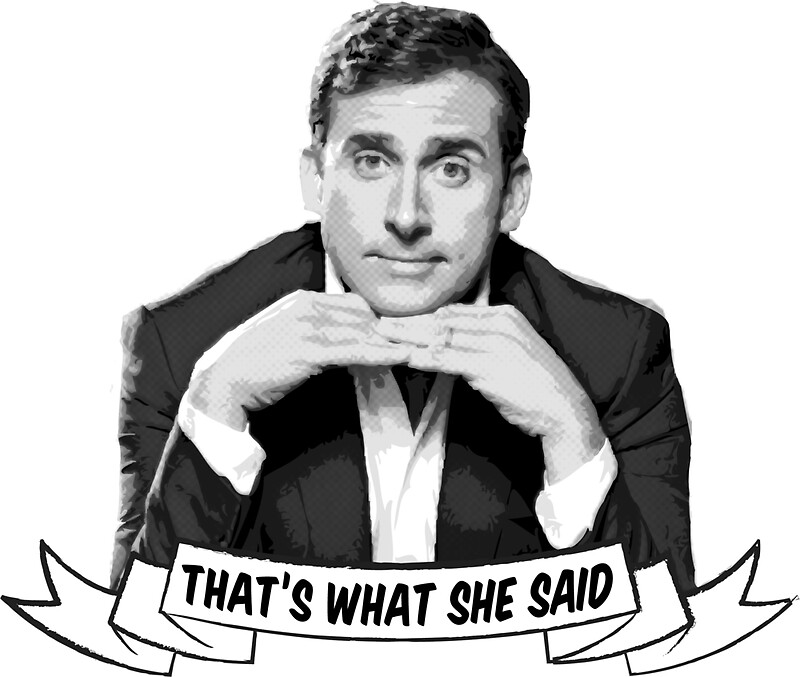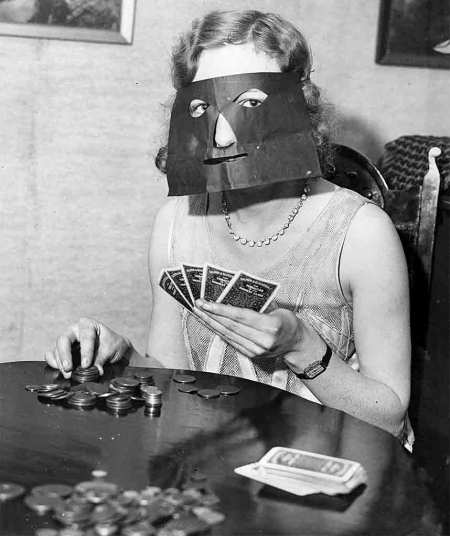Daylight Saving Time 1945 to 1966[edit]
From 1945 to 1966 U.S. federal law did not address DST. States and cities were free to observe DST or not, and most places that did observe DST did so from the last Sunday in April to the last Sunday in September.
In the mid-1950s many areas in the northeastern United States began extending DST to the last Sunday in October. The lack of standardization led to a patchwork where some areas observed DST while adjacent areas did not, and it was not unheard of to have to reset a clock several times during a short trip (e.g., bus drivers operating on
West Virginia Route 2 between
Moundsville, West Virginia, and
Steubenville, Ohio had to reset their watches seven times over 35 miles).
[6]
In summer 1960 April–October Daylight Time was nearly universal in Pennsylvania, Maryland, Delaware and states east and north of there. In Minnesota, Iowa, Missouri, Kentucky and Virginia and states north and east of there, some areas had it and some did not. Except for California and Nevada, which had April-Sept Daylight Time, 99% of the rest of the country used Standard Time year-round. (The Official Guide says "State law prohibits the observance of "Daylight Saving" time in Kentucky but Anchorage, Louisville and Shelbyville will advance their clocks one hour from Central Standard time for the period April 24 to October 29, inclusive.")
In the middle 1960s the airline and other transportation industries lobbied for uniformity of Daylight dates in the United States.










